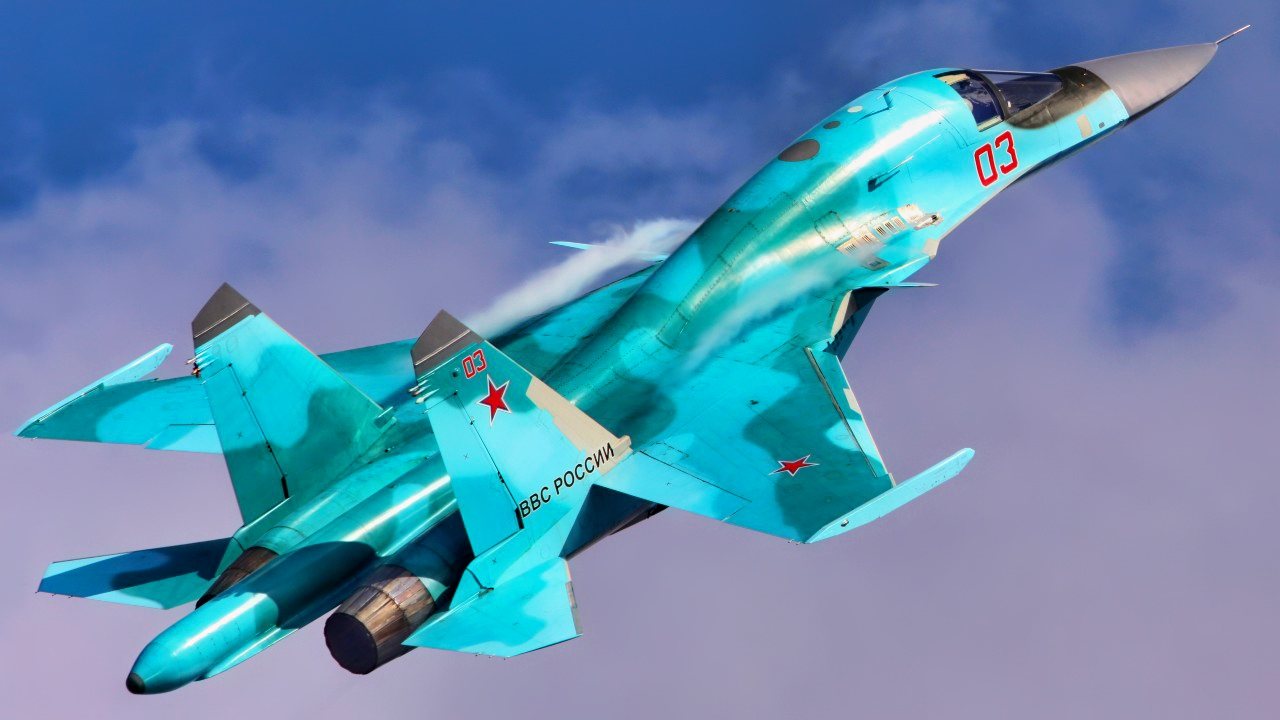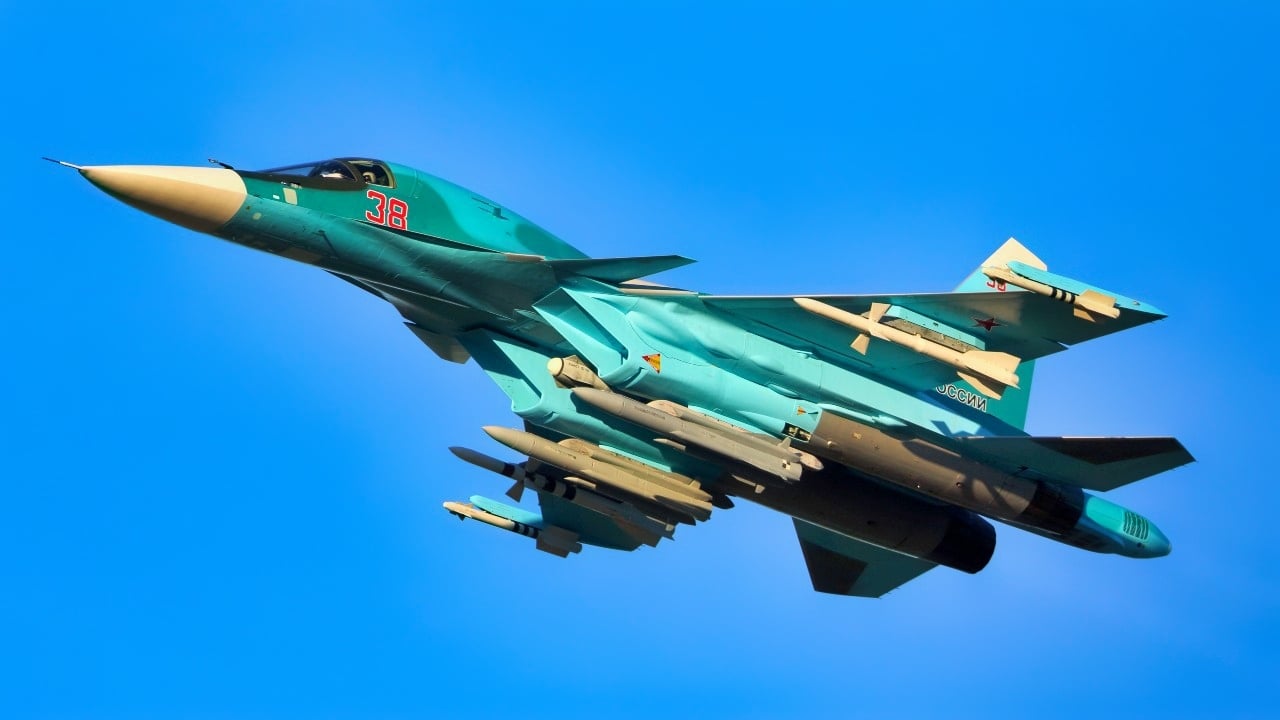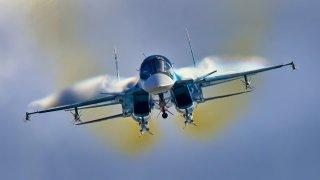Russia's Su-34 Fullback Nightmare Is Now Getting Worse
Since Russia's invasion of Ukraine in February 2022, Moscow has reportedly lost around 330 aircraft, including the advanced Su-34 "Fullback" fighters.
Summary: Since Russia's invasion of Ukraine in February 2022, Moscow has reportedly lost around 330 aircraft, including the advanced Su-34 "Fullback" fighters.
-Ukraine's use of Western-developed weapons, notably the U.S.-delivered Patriot air defense missile system, has significantly contributed to these losses.
-The Su-34, an evolution of the Cold War-era Su-27 Flanker, officially entered service in 2014 and is known for its distinctive platypus nose and side-by-side cockpit.
-Despite its advanced capabilities and robust armament, the Fullback has proven vulnerable in the conflict, with numerous videos showing its destruction.
-The ongoing war threatens to further deplete Russia's stockpile of these crucial aircraft.
Russian Su-34 Fighters: Vulnerable in Ukraine's Conflict
Since invading Ukraine in February 2022, Russia has reportedly lost some 330 aircraft. Moscow’s fighter airframes have proven vulnerable to Ukraine’s stockpile of advanced Western-developed weapons.
Ukrainian officials claimed that nine Russian jets were destroyed in May alone. While these numbers cannot be independently verified, the U.S.-delivered Patriot air defense missile system has certainly aided Kyiv’s ability to take down Moscow’s top-tier fighters, including the Su-34. Nicknamed the “Fullback” by NATO, this all-weather supersonic fighter has been an essential asset for Russia for many years.
Introducing the Su-34 Fullback
The Soviet-era Su-34 fighter derived from the Su-27 Flanker during the Cold War. While the Su-34 took its maiden flight before the collapse of the USSR, evolving requirements imposed by the Russian Aerospace Forces pushed back the fighter’s official introduction to service until 2014.
The Fullback’s several unique characteristics include a platypus nose and side-by-side cockpit. Aside from these external characteristics, the jet retains its predecessor’s basic layout, engine, construction, and wing structure. The jet is powered by a pair of Saturn AL-31FM1 engines, which give it a top speed of Mach 1.8 and a service ceiling of around 56,000 feet.
The Fullback can lug more than 17,000 pounds of weapons across a dozen hardpoints positioned underwing and beneath the fuselage. The jet can also carry a wide range of precision-guided and unguided bombs and rockets, including KAB-500 laser-guided bombs. As detailed by Airforce Technology, the jet can also carry Vympel R-27, Vympel R-73, and NPO-R-77 missiles used primarily for defense against adversarial aircraft if detected by the rear-facing radar.

Two distinct variants of the Fullback have been produced, both of which Russia exports to foreign client states. The Su-34FN is the maritime strike fighter version of the Fullback, equipped with anti-submarine warfare systems, a Sea Snake radar, a radio sonobuoy system, and other unique attributes. Since this model is designed to elevate the fighter’s naval warfare capabilities, it is highly sought out across the globe.
How Has the Fullback Fared in Ukraine?
The Kremlin may claim that its Su-34 fighter is essentially invulnerable, but the platform’s performance in Ukraine suggests otherwise. As explained by Ukrainian Air Force spokesperson Yurii Ihnat, "Our experience suggests that after Russian planes are downed and destroyed, the occupiers do not dare come closer – this is the case across the northern, southern, and eastern fronts. The closer the aircraft armed with guided bombs approach, the farther those bombs can reach into our defenses."

Countless videos have circulated in recent months purporting to show the destruction of Russian fighters, including Fullbacks. As the war rages on with no end in sight, Moscow’s Su-34 stockpile will surely dwindle further.
About the Author: Maya Carlin
Maya Carlin, National Security Writer with The National Interest, is an analyst with the Center for Security Policy and a former Anna Sobol Levy Fellow at IDC Herzliya in Israel. She has by-lines in many publications, including The National Interest, Jerusalem Post, and Times of Israel. You can follow her on Twitter: @MayaCarlin.
All images are Creative Commons.


